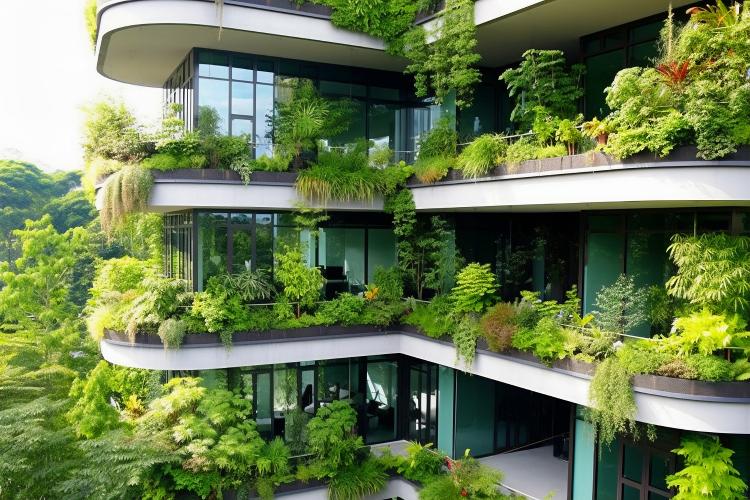At Simon Kaufman Architects, we're used to working within planning guidelines and laws to shape the physical environment. But the UK Environment Act 2021 has introduced a new, and we think inspiring challenge… designing with nature in mind. Viewed correctly, the Act's requirement for a 10% increase in a site's biodiversity score post-development isn't a hurdle, it's an opportunity.
A Bit About Us
Simon Kaufman Architects is an RIBA residential and commercial architect based in Barnet, North London. We work with a wide range of clients with sustainable building developments throughout Hertfordshire, and throughout London including Haringey, Camden, Brent, Islington, Hackney, Harrow, and Westminster.
Our Take on Biodiversity
Traditionally, building and development have come at the expense of the natural world. The Environment Act aims to move the dial with a legal framework to create buildings that coexist with, and even enhance, the local ecosystem. This isn't about ticking boxes, it's about creating a richer, more vibrant environment for everyone – plants, animals, insects, and us!
Working with Nature Not Against It
The key to achieving this 10% biodiversity gain lies in collaboration, not only with nature but with the right professional partners to deliver successful projects. Partnering with an architect who understands not only issues and solutions surrounding biodiversity but also principles such as biophilic design is key. Biophilia, the innate human connection to nature, means a lot more than just introducing a few pot plants and a bat box. It's about truly integrating nature into the design itself.
Some Inspiration
As you'll have noticed in some new buildings, developments can include living walls, plants teeming with life and which, provide natural insulation and air filtration while creating a gorgeous visual effect (and improving biodiversity too).
We're also now creating rooftop gardens to attract insect life, offering residents a tranquil escape and a habitat for bees and other pollinators. And these are just two more obvious examples of how we're incorporating biophilic design and biodiversity into developments.
Biodiversity Beyond Aesthetics
And the benefits go beyond design aesthetics. Natural elements like light wells and open floor plans with green views can improve mental health and well-being and increase employee productivity in workspaces. In addition, sustainable materials and water-saving features not only reduce a building's environmental impact, they can also create more comfortable and healthy living or working spaces.
Transforming Your Vision
So, as we hope we've indicated in this very short article, the Environment Act doesn't have to be a restriction. At Simon Kaufman Architects we understand that it can be a catalyst for innovation and, in turn, a better environment. By working with an architect who embraces and welcomes these challenges, believing in the vision and intent behind them, you can transform your project.
So, if you're considering a new development, it's important you don't view the Environment Act 2021's 10% biodiversity requirement as a burden. It's an opportunity to create something special – a building that enhances the local ecosystem while offering its inhabitants an enriching living experience.
By embracing the need for biodiversity and the power of biophilic design, we can build a future that's not just sustainable, but inspiring.

